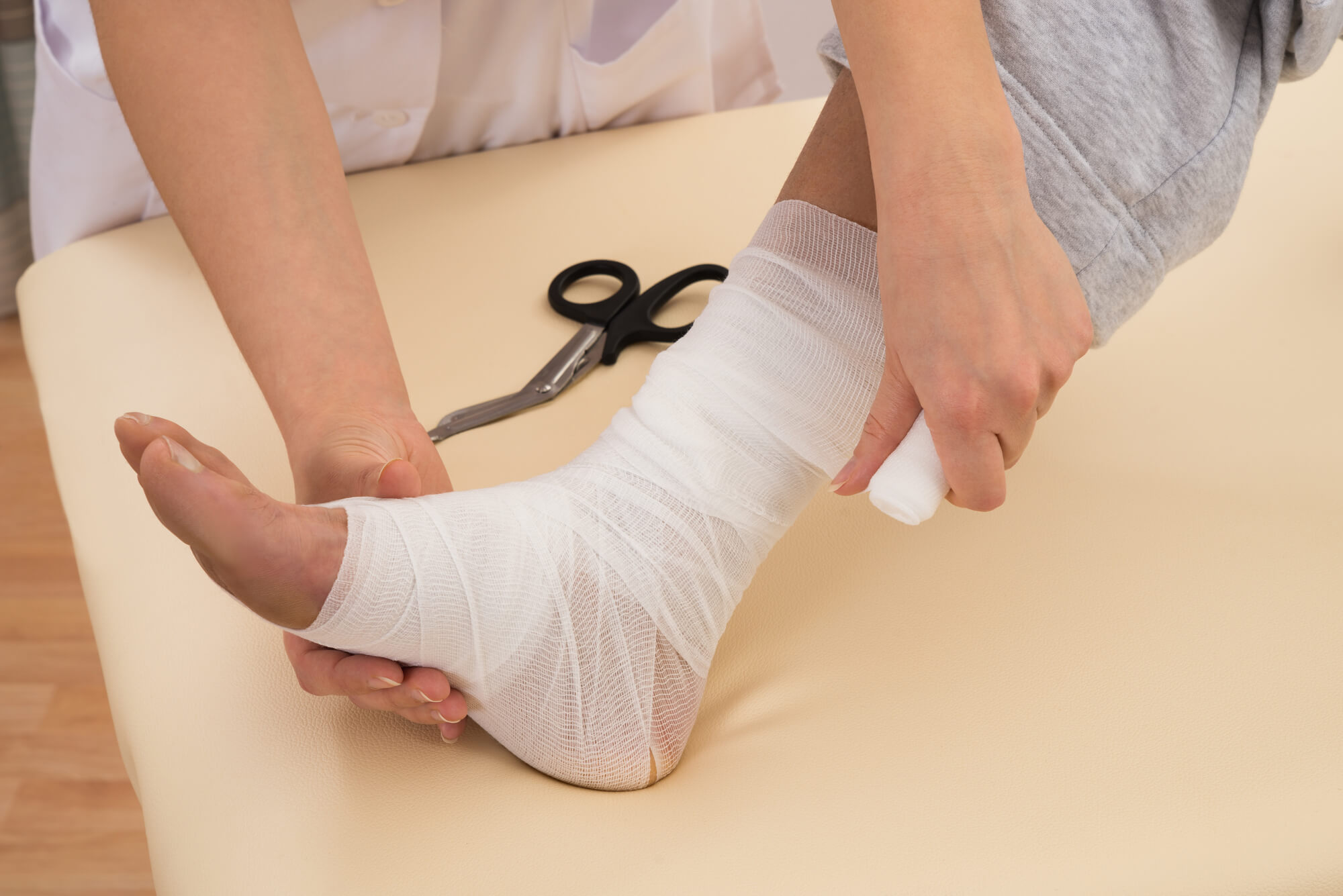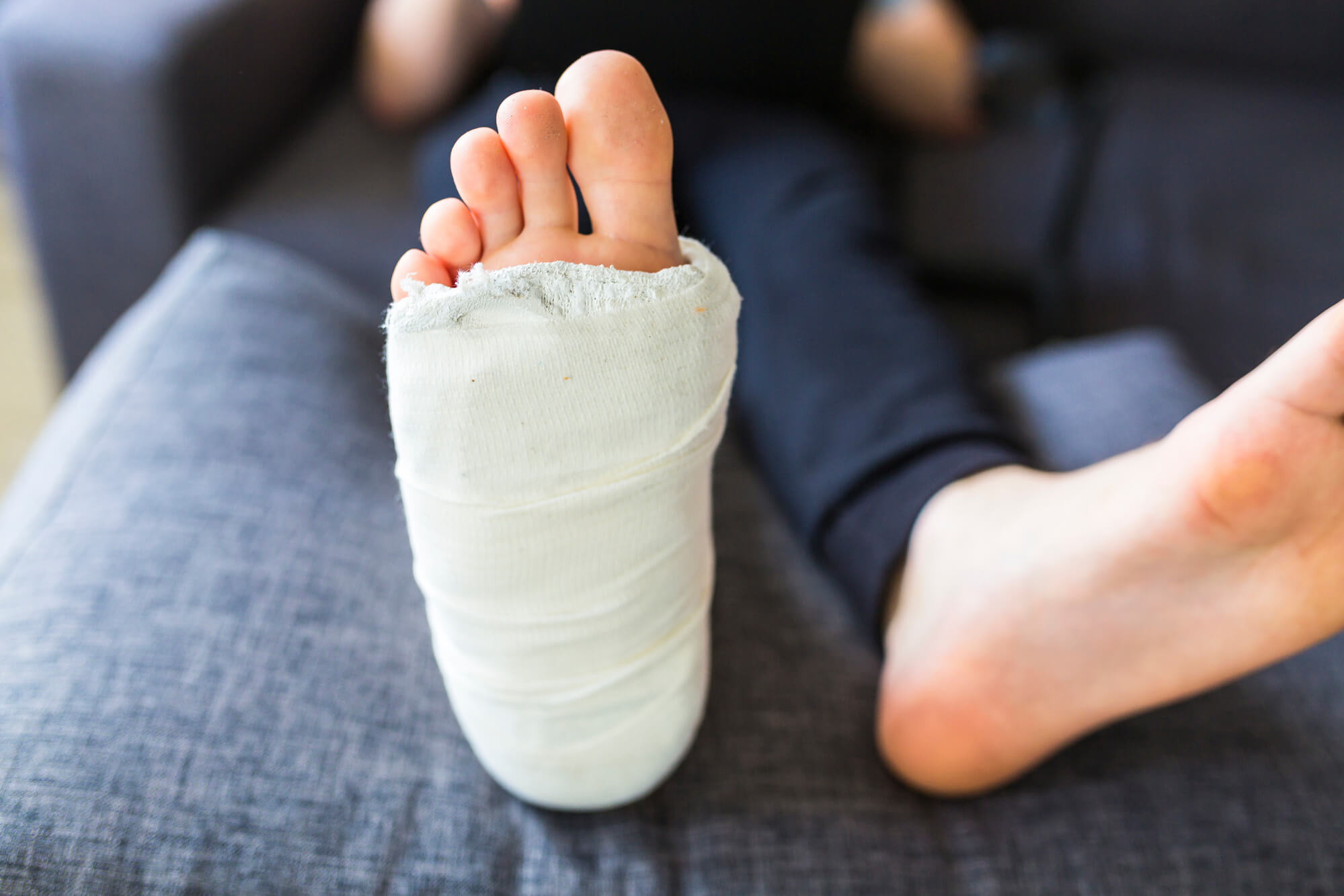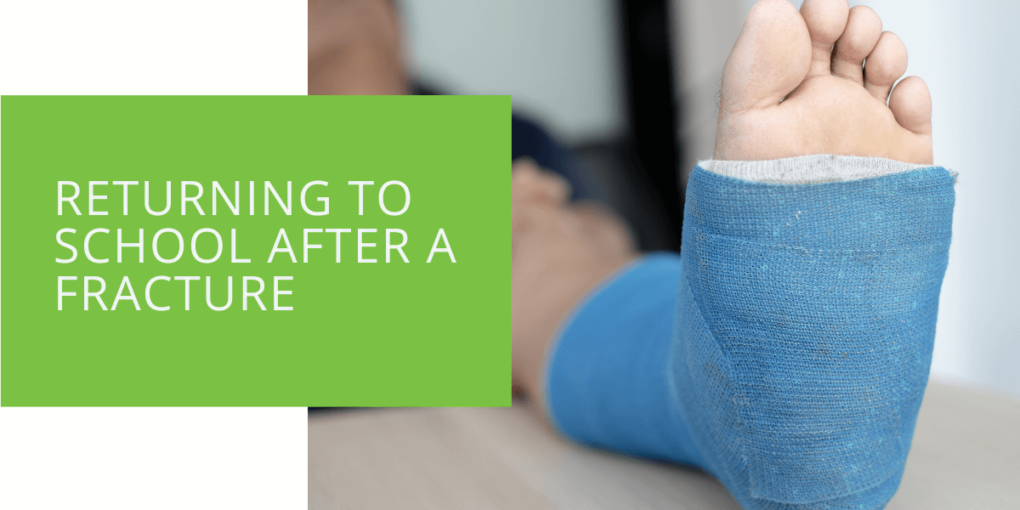A Guide to Returning to School After a Fracture
Returning to school after a fracture can be a challenging experience. A fracture is a medical condition in which a bone has been broken. It may occur due to a fall, accident, or overuse. Fractures can be treated with a cast, splint, or surgery, and the healing process can take several weeks or months. The recovery period's length depends on the fracture's severity, but one thing is for sure, returning to school after a fracture can be daunting. This guide aims to provide tips and strategies for successfully navigating the challenges of returning to school after a fracture.
Physical Recovery
The first step in returning to school after a fracture is a physical recovery. The healing process for fractures can vary depending on the fracture type and the break's location. It is essential to follow the doctor's instructions for recovery, including taking medication, using crutches or a wheelchair, and performing physical therapy exercises.
Managing pain and discomfort while in school can be challenging. It is important to work closely with a podiatrist, who can guide how to manage the pain and discomfort caused by the injury. They may also assess the need for pain medication or other treatments to help with the healing process.

Adapting to the Classroom
Once the physical recovery process is underway, the next step is adapting to the classroom environment. This can be difficult for students with limited mobility, especially if the fracture occurred in a leg or foot. It is essential to communicate with teachers and classmates about the injury and ask for their understanding and support.
Strategies for taking notes and participating in class can also be challenging for students with a fracture. It is important to find ways to adapt, such as using a laptop or tablet for note-taking or recording lectures for later review. Additionally, requesting accommodations from the school may be helpful, such as extra time for tests or assignments or using a scribe or reader.
Emotional Recovery
Returning to school after a fracture can also have emotional challenges. Feeling frustrated and self-doubting about your ability to keep up with school work and social activities is natural. It is important to remember that these feelings are normal and to practice self-care and seek support when needed.
One way to cope with these feelings is to set small goals, such as completing one assignment per day or participating in one class discussion per week. It is also important to remember that the healing process takes time and to be patient with yourself.

Help from a Podiatrist
A podiatrist is a medical professional specializing in diagnosing and treating foot and ankle conditions. They can play an important role in helping students return to school after a fracture.
A podiatrist can help with physical recovery by providing treatments such as physical therapy, casting, and surgery if necessary. They can also assess the need for special accommodations or equipment, such as crutches or a wheelchair.
It is also important to schedule follow-up appointments with a podiatrist to monitor the healing process and assess when it is safe to return to normal activities, including school.
Conclusion
Returning to school after a fracture can be a challenging experience, but it is possible to navigate the challenges and succeed. Focusing on physical recovery, adapting to the classroom, and emotional well-being is important. Seeking help from a podiatrist can also be beneficial in the recovery process. Remember to set small goals, practice self-care, and seek support when needed. Don't hesitate to miss school if you need to, but with the right approach, you'll regain your strength and return to your normal routine in no time.

